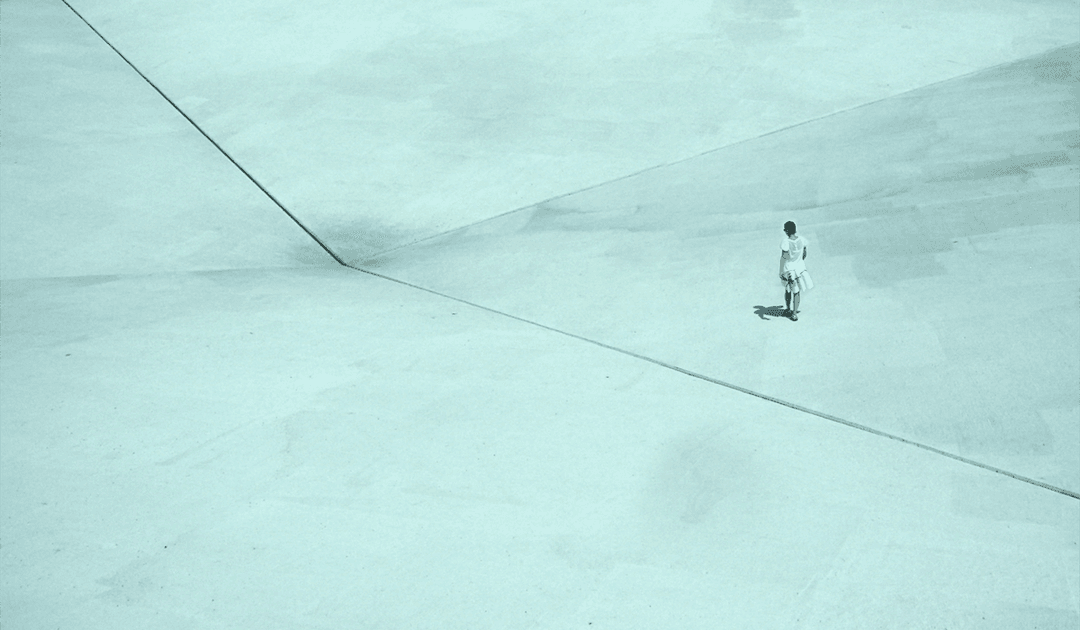Blog

Image: ©Lotsi Litzenberger 2024
Creating Images with Radical Optimism
Since my childhood, films have inspired me in terms of aesthetics and design, but also given me wisdom and insight, no matter how silly the sujet. I’ve always found great significance in small details, and one line from a fairly shallow comedy left a profound impression on me. In the scene, a woman confesses to her husband that she has had an affair. As she begins explaining the details in a fit of radical honesty, the man stops her with a simple yet piercing response: "I'm afraid we are creating images we can't forget."
That sentence blew me away. It perfectly encapsulated how easily our perception of reality can be altered—how impartiality can slip through our fingers once a vivid image has taken hold.
But why does this matter? Because our brains struggle to differentiate between reality and the images we consume. Watching a film, for example, activates the same neural circuits as experiencing something in real life. The information we absorb shapes our perception of the world, just as the saying goes: "If you are a hammer, everything looks like a nail."
This interplay between the images we create and the attitudes that follow is what I want to explore here. How does the information we engage with shape our mental state and, in turn, our actions? And how can we cultivate an attitude of radical optimism to navigate these times of change with purpose and hope?
The Problem: Pessimism and Its Effects
In an age of constant information, the overwhelming focus on bad news can profoundly shape our mental state.
When we fixate on horror scenarios, our brains—wired for survival—default to pessimism. We start to see the world as an unrelenting series of problems, and slowly, resignation creeps in. "Why bother trying to make a difference?" the voice in our heads whispers. The result? Paralysis. Demotivation. A pervasive sense that the future is already lost.
This cycle is not only disempowering but also dangerous. It robs us of the energy and creativity needed to solve the very problems that weigh us down.
Yet, this is not a call to turn a blind eye to suffering. Empathy remains crucial. The key is balance—acknowledging the pain of the world without becoming consumed by it. This is where radical optimism becomes a necessary tool for survival, and more importantly, for change.
Radical Optimism: Designing for Positive Change
Radical optimism isn’t about ignoring the challenges of our time—it’s about choosing to respond with hope and action. For designers, this means understanding the profound impact of the images and messages we create. Every design has the potential to influence perception, spark emotions, and inspire action. So why not channel that power toward encouragement, life-affirmation, and solutions?
1. Encourage Through Representation
As a designer, the stories you tell and the visuals you create matter. Think about who and what you choose to highlight. Images of diverse, empowered individuals collaborating on meaningful projects can plant seeds of possibility in your audience’s mind. By showing solutions in action, you inspire belief in positive change.
2. Affirm Life Through Beauty and Connection
Beauty is a powerful antidote to despair. Whether it’s through vibrant color palettes, harmonious layouts, or uplifting themes, your work can remind people of the joy and wonder in the world. Designs that emphasize connection—whether between people, communities, or with nature—can rekindle a sense of belonging and purpose.
3. Focus on Solutions, Not Just Problems
While it’s tempting to highlight the urgency of crises, focusing solely on problems can overwhelm and alienate your audience. Instead, aim to visualize pathways forward. Infographics that explain actionable steps, campaigns that celebrate small victories, and visuals that showcase innovative solutions can all fuel motivation and action.
4. Make Positivity Contagious
Optimism can spread like wildfire. Your designs can serve as a rallying cry, drawing people together around shared values and visions. By crafting messages that are hopeful and inclusive, you create a ripple effect—encouraging others to adopt a similar mindset and take action in their own way.
5. Humanize the Narrative
People connect most deeply with stories of other people. Incorporate real faces, authentic emotions, and relatable experiences in your designs. This not only fosters empathy but also reminds your audience of the power of human agency in driving change.
As designers, we have the privilege—and responsibility—of shaping how others see the world. Radical optimism is not just an attitude; it’s a design philosophy that encourages us to build a future worth believing in, one image, one message at a time.
A Shift in Perspective: "If I Believe It, I Will See It"
Most people move through life operating on a simple belief: "If I see it, I will believe it." It’s a mindset rooted in external validation, waiting for proof before embracing possibility. But what if we flipped this script? What if we began to live by a new mantra: "If I believe it, I will see it"?
This shift isn’t about ignoring reality; it’s about reimagining it. When we choose to believe in solutions, progress, and the power of collective action, we open ourselves to seeing opportunities we might otherwise overlook. Optimism becomes the lens through which we view the world—not as it is, but as it could be.
For designers, creators, and changemakers, this mindset is transformative. Believing in a better future is the first step to designing it. Every choice you make—every image, every message, every interaction—can act as a beacon, guiding others toward that vision.
The world doesn’t need more passive spectators. It needs visionaries who can imagine a better tomorrow and inspire others to help build it. By believing in positive change, you not only start to see it—you create it.
So, let’s create images worth remembering. Images that uplift, connect, and propel us forward. Let’s design for belief and for hope. Because when we believe in the future, we bring it into focus.





